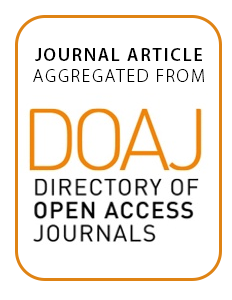Agricultural Set-aside Programs and Grassland Birds: Insights from Broad-scale Population Trends
The Conservation Reserve Program (CRP) is a voluntary set-aside program in the United States designed to amelioratesoil erosion, control crop overproduction, enhance water quality, and provide wildlife habitat by replacing crops with other forms of land cover. Because CRP includes primarily grass habitats, it has great potential to benefitdeclining North American grassland bird populations. We looked at the change in national and state population trends of grassland birds and related changes to cover-specific CRP variables (previous research grouped all CRP practices).

